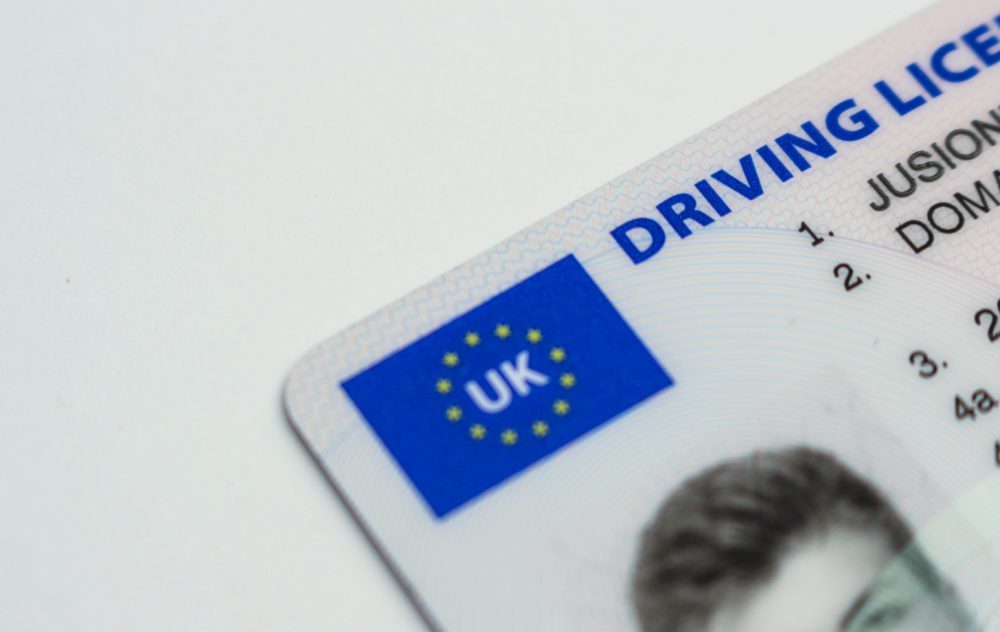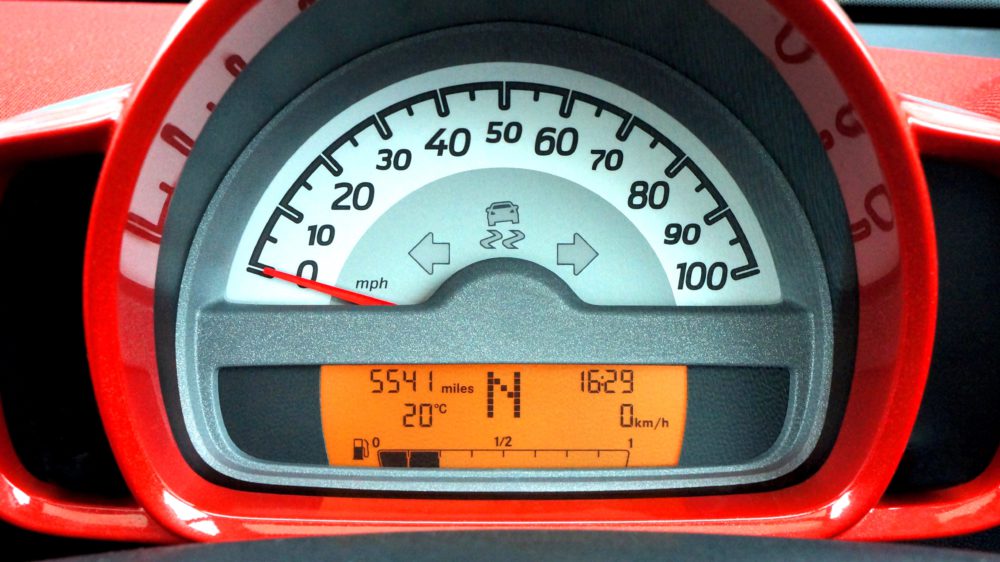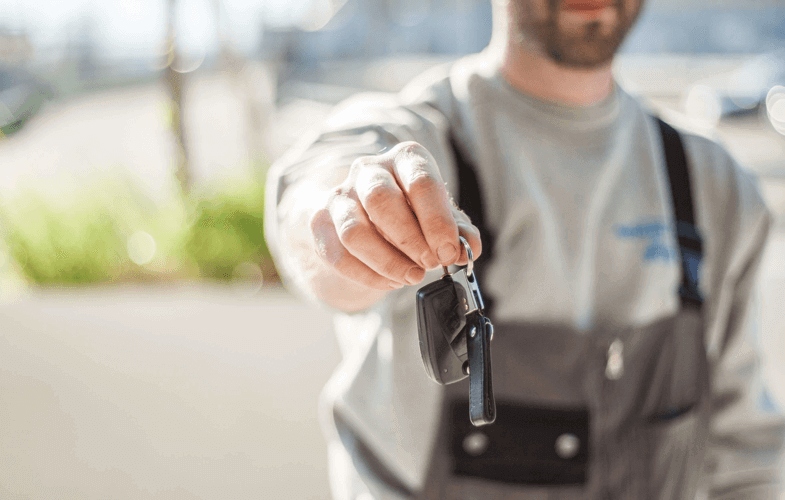Thinking about learning to drive? Well, before you start checking blindspots and mastering 3-point turns, there are some other things you should know first. Here, we’ll cover the ins and outs of your provisional licence (like how to get it, and what you can actually do with it once you’ve got it) as well as things like your insurance options.
Contents.
- What’s the difference between a full licence and a learner licence?
- Who can accompany a learner driver?
- Can learners drive on the motorway?
- What’s different in Northern Ireland?
- How do I get a provisional licence?
- How long does it take to get a provisional licence?
- How long does a learner licence last?
- How old do I need to be to start learning to drive?
- What else do I need to start learning to drive?
- What are my options for learner driving insurance?
Let’s dive in.
Learner licences.
A learner licence – also known as a provisional licence – isn’t quite your passport to independent motoring freedom. That’d be your full licence. But it’s a vital part of getting there. So let’s find out more…
What’s the difference between a full licence and a learner licence?
Your learner/provisional licence is mint green, whereas the full licence is cotton candy pink.

You may be shocked to know that this is not the most important difference. With a provisional licence there are far more restrictions that apply to your driving.
You must:
- Have L plates displayed on the car.
- Be accompanied by an instructor, or a family member/friend who meets the requirements (more on this just below).
- Only drive on the motorway in certain circumstances (we’ve got more on this below, too).
Who can accompany a learner driver?
As a learner you can drive with an approved driving instructor (ADI) or a trainee instructor. Both should have badges from the DVLA on their vehicles to show their status. The badge is pink for an ADI or green for a trainee (spotting a theme there?).
You can also drive with a family member or friend, but only if:
- They have a full licence from the UK, the EU, Norway, Switzerland, Lichtenstein or Iceland (the country not the supermarket).
- They must have had that licence for at least 3 years.
- That licence must be relevant to the vehicle you’re driving.
- They must be over 21.
Can learners drive on the motorway?
Yes, but only in certain circumstances. They must:
- Be with an approved driving instructor – not a trainee, and not a friend/family member.
- Be in a car with dual controls (so the instructor can take over if need be).
- Be in England, Scotland or Wales (learners are not allowed on the motorway in Northern Ireland).
What else is different in Northern Ireland?
As well as not driving on the motorway, learners in Northern Ireland have to stick to a maximum speed limit of 45mph. In the rest of the UK, normal speed limits apply.

How do I get a provisional licence?
To get a full licence you need to pass both a theory and practical driving tests. But to get the provisional version, all you need to do is apply. You can do this once you hit 15 years and 9 months of age.
How long does it take to get a provisional licence?
Once you’ve applied, it should be with you in a week.
How long does a learner licence last?
Once your provisional licence is issued, it’s valid for 3 years. If you pass your test in that time – happy days! Your learner licence will be replaced with a full one.
If you don’t pass in that time, you need to renew your provisional licence.
How old do I need to be to start learning to drive?
Even though you can apply for a provisional licence at 15 (and 9 months), you need to be 17 to actually use it to start learning to drive.
(You could start at 16 if you’ve applied for or are getting the enhanced rate of the mobility element of Personal Independence Payment).
What else do I need to start learning to drive?
You need to make sure you meet the minimum eyesight requirements – and if you need glasses or contact lenses to meet those requirements, you need to make sure you wear them whenever driving.
You also need to make sure you’re covered by at least third party insurance. For more on insurance see below.
Do I need car insurance to learn to drive?

Anyone getting behind the wheel of a car needs to be covered by at least third party insurance (which covers any damage you might cause to others). It doesn’t have to be your insurance policy though – you can be covered through someone else’s policy.
What are my options for learner driving insurance?
An instructor’s insurance should cover their learners during lessons (but not outside those lessons). If you’re driving with friends or family in a car that belongs to them, you can be added to their policy as a named driver.
Alternatively, you can get your own learner driver car insurance policy for use with someone else’s car. One advantage of that (compared to being a named driver on someone else’s policy) is that if you have an accident, you won’t cost the policyholder their no claims bonus.
Be aware that a learner policy might have special rules about when and where you can drive, and how far. These policies also usually end at the moment you pass.
If you’re a learner lucky enough to already own a car, you can also get your own policy for your own car. Sometimes, these policies can continue on when you pass – so that you don’t have to arrange new cover. Be aware they usually require a black box to be fitted.




